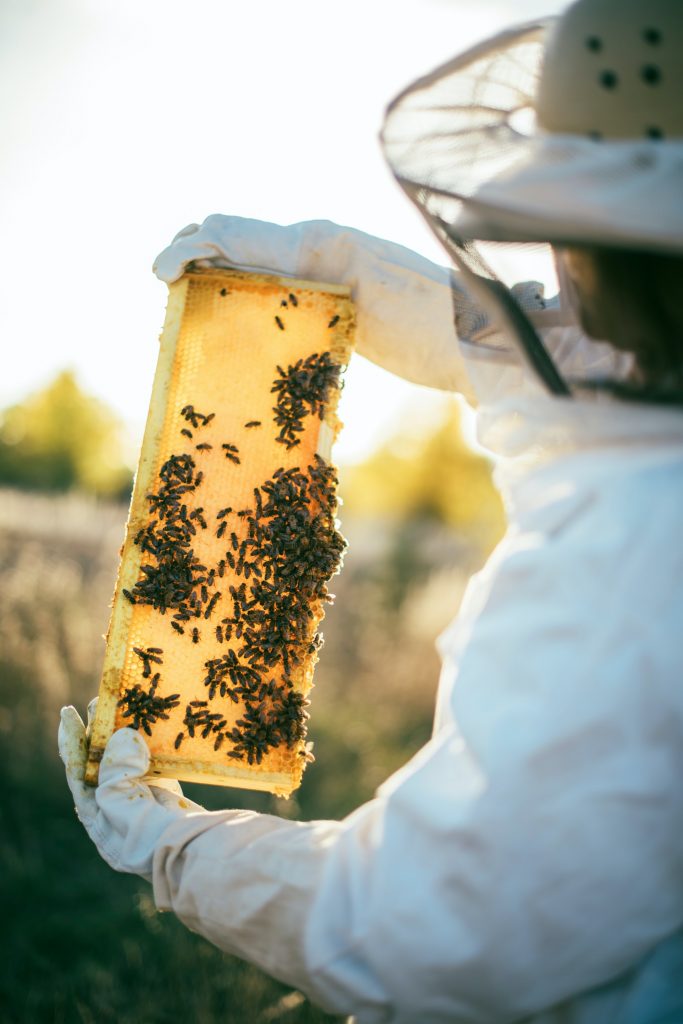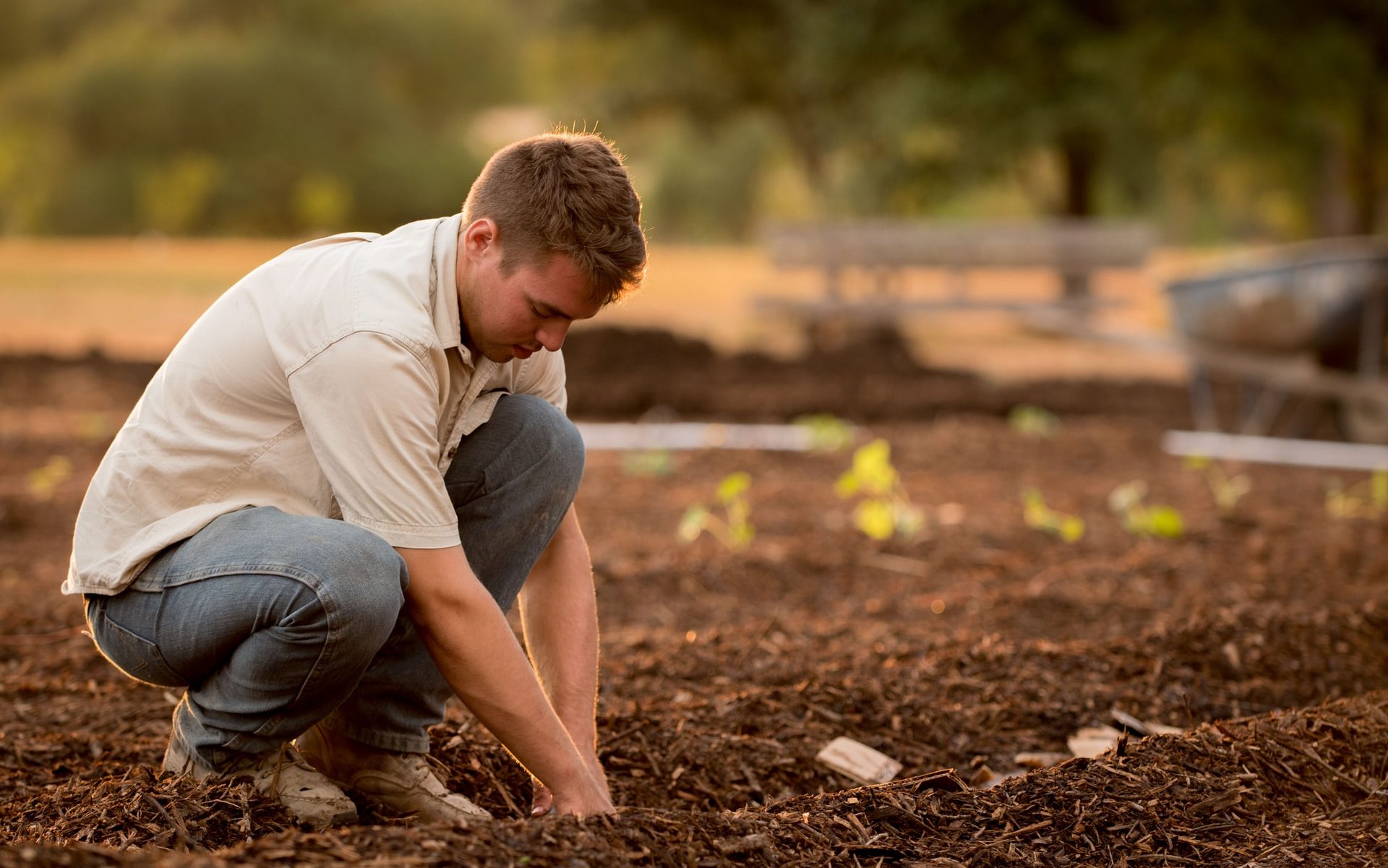There are many types of farming to choose from. The type of farming you choose will depend on the climate, the topography of the land, and your experience and interests. These are just 14 of the various types of farming.
- 1. Commercial Farming
- 2. Apiary
- 3. Aquaculture
- 4. Aquaponics
- 5. Dairy Farming
- 6. Flower Farming
- 7. Hay Farming
- 8. Hydroponics
- 9. Organic Farming
- 10. Permaculture
- 11. Poultry Farming
- 12. Ranch Farming
- 13. Urban Farming
- 14. Viticulture Farming
- Bottom Line: Learn About The Right Types of Farming
- Agriculture & farming courses to kickstart your career
1. Commercial Farming
Commercial farming is a large-scale form of agriculture that focuses on producing food and other crops for sale on the open market. It is a business venture that requires significant investment in land, equipment, and labor, and it typically involves the use of chemical fertilizers and pesticides to boost yields. While commercial farming can be profitable, it also comes with a number of risks, including price fluctuations, weather-related disasters, and pests and diseases.

The world’s largest commercial farms can be found in the United States, India, and China. Commercial farming is also used to grow crops for animals that are then sold for food, such as cattle and poultry.
2. Apiary
Beekeeping, also known as apiary, is the practice of keeping honey bees. Beekeepers keep bees in hives to collect honey and other products like beeswax. Beekeeping is a hobby for some people and a business for others. There are many different types of hives that beekeepers can use. The most popular type of hive is the Langstroth hive.
Did you know that beekeeping is a highly profitable form of farming? Find out more about the most profitable types of farming to help you choose the best farming course.
3. Aquaculture
Aquaculture is the farming of fish, crustaceans, mollusks, and other aquatic plants and animals. It is an ancient practice that humans use to produce food for centuries. In recent years, aquaculture has become an important source of food for humans and a growing industry.
4. Aquaponics
Aquaponics is a system that grows plants and fish together in a sustainable way. The fish waste provides nutrients for the plants, and the plants act as a natural filter for the water. Aquaponics is an efficient way to use land and water, which some farmers favour because the technique can grow food in any climate.
5. Dairy Farming
Dairy farming is a form of agriculture that centers around the production and harvesting of milk from dairy cows. The main products produced on dairy farms are cow milk, cheese, butter, and ice cream. Worldwide, the dairy industry has an estimated market value of around USD $871 billion (AUD $1,322 billion / CAD $1,217 billion / GBP £648 billion) in 2021. Dairy farming is also an important part of the economy in many other countries, including the United States, Australia, France, Germany, and India.
6. Flower Farming

Part of a rapidly growing industry, flower farming has seen an increase in the popularity of locally sourced produce. There are numerous benefits to starting a flower farm. For one, flowers are in high demand and can be sold at a premium price. Flowers also have a short production time, so farmers can harvest multiple times throughout the season.
7. Hay Farming
Hay farming is a process that requires many steps in order to produce a high-quality product. The first step in hay farming is to select the right type of grass or plant to grow. The next step is to till the land and plant the seeds. After the plants have grown, they must be harvested at the right time and then dried in a barn or shed. Once the hay has been dried, it must be baled into square or round bales for storage and transport.
8. Hydroponics
In a world where the population is constantly growing, it is important to find ways to produce food that does not take up valuable land space. One solution is hydroponics, a way of growing plants without soil. In a hydroponic system, farmers grow plants in nutrient-rich waters, which provide the plants with everything they need to grow. Hydroponics has many benefits over traditional farming methods. It is more efficient because it uses less water and nutrients, and works in any climate. This makes hydroponics perfect for growing crops in areas where traditional farming is not possible.
Hydroponics, too, has made it on our list of highly profitable types of farming.
9. Organic Farming
Organic farming is a type of agriculture that relies on organic matter, such as compost, green manure, and animal waste, to improve soil fertility. It eschews the use of synthetic fertilizers and pesticides in favor of using only natural methods to maintain soil productivity and control pests. Despite its added costs, you’d be surprised at the profit returns organic farming can bring to farmers.
10. Permaculture
The word permaculture was first coined by Bill Mollison and David Holmgren in the late 1970s. The word is a portmanteau of permanent and agriculture. Permaculture is about designing sustainable systems that provide for human needs while preserving the environment. It is an approach to land use that mimics the patterns and relationships found in nature.
11. Poultry Farming
Poultry farming is a type of agriculture that raises domesticated birds such as chickens, turkeys, and ducks for meat or eggs. This form of farming has been around for thousands of years and is a major industry in the United States. Find out more about the profitability of the poultry farming sector.
12. Ranch Farming
Ranching is a type of agriculture where livestock are raised on rangeland. A rangeland is an unenclosed area of land where vegetation is sufficient to support grazing animals. Ranching is an important agricultural industry in the United States. It provides food for humans and animals, and it also produces fiber, fuel, and other products.
13. Urban Farming

Farming that takes place within a city or urban area is known as urban farming. It differs from traditional agriculture in that it uses space within the city to produce food, as opposed to rural areas outside of cities. There are many benefits of urban farming, including reducing food miles, increasing green space, and providing fresh produce to local residents. Additionally, urban farming can help create jobs and stimulate the local economy.
14. Viticulture Farming
Viticulture is a type of farming that specializes in the cultivation of grapes. The practise is found all over the world, but some regions are more well-known for their viticulture than others.
Australia, for example, is renowned for its many award-winning wines, as are the United Kingdom and the United States. Viticulture involves the growing of grapes for winemaking, and the practice has been around since ancient times. The Romans were among the first to cultivate grapes in Italy, and it was from there that viticulture spread throughout Europe and eventually to North America.
Bottom Line: Learn About The Right Types of Farming
There are different types of farming to choose from. It is important to do your research and select the type of farming that will fit your specific needs and goals. Whether you are interested in organic farming, hydroponics, or some other type of farming, pick the perfect option for you. Make sure to consult with an expert or school to get started on the right foot.
Programs & online courses about the different types of farming
Sources
- Global dairy industry – statistics & facts, https://www.statista.com/topics/4649/dairy-industry/
Agriculture & farming courses to kickstart your career
Whether you’re a career or hobby farmer, find the best training for yourself.


